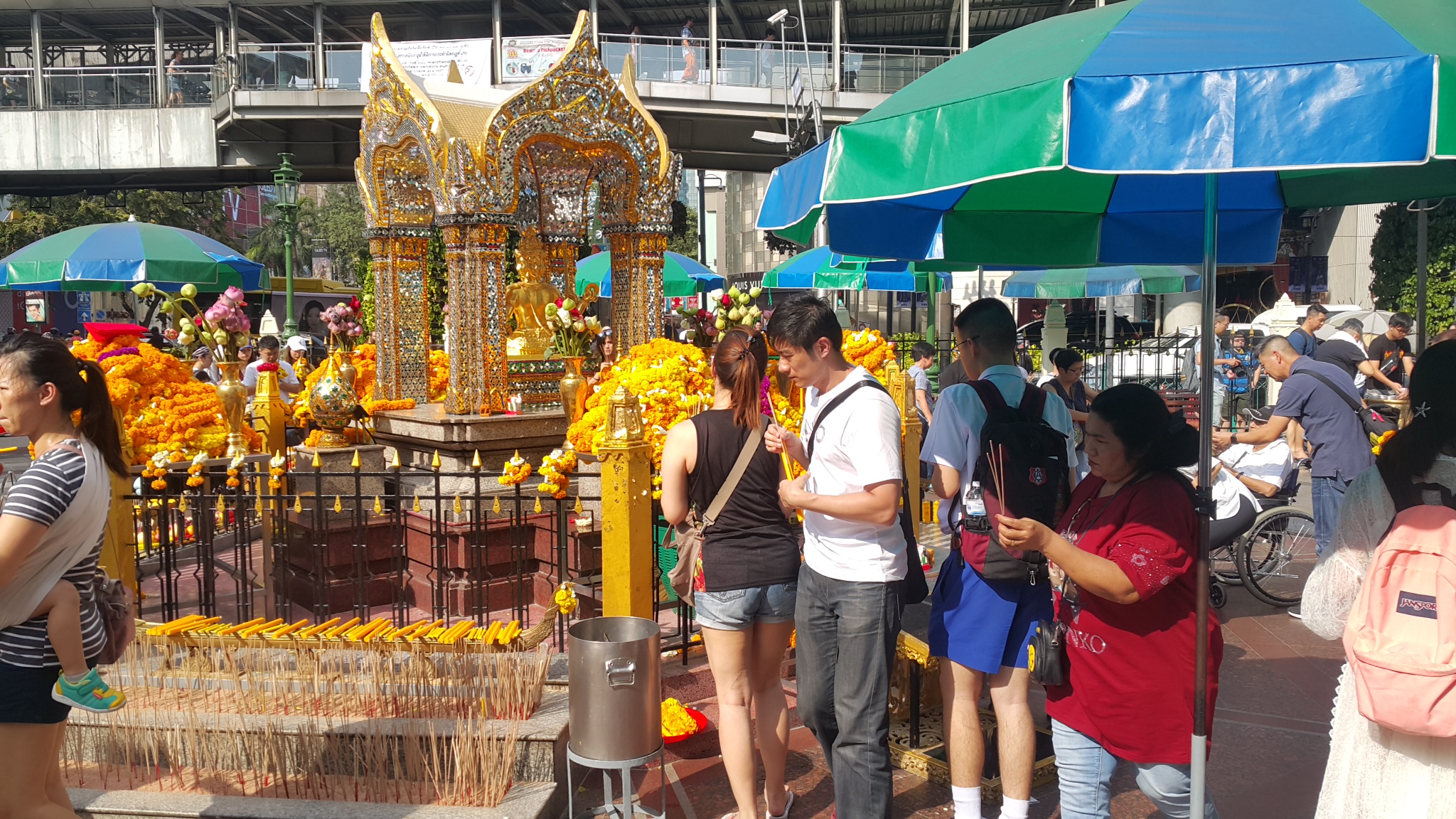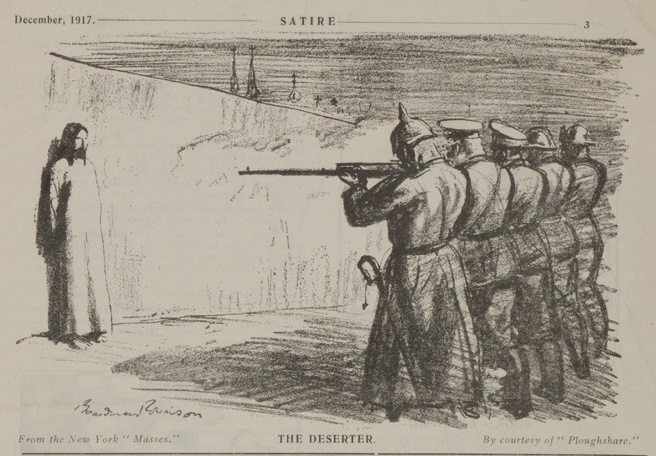|
Menno Colony
Menno Colony is a Mennonite settlement located in the central part of the Chaco region, in northwest Paraguay, occupying an area of 7500 km² (2900 mi²). It was founded in 1926 by Plautdietsch-speaking descendants of Russian Mennonites who emigrated from Canadian provinces of Manitoba and Saskatchewan. Neighbouring Mennonite settlements are Fernheim Colony and Neuland Colony. The main settlement of the colony is Loma Plata. Menno is the largest of the Mennonite colonies in Paraguay. History The 10,000 residents are Mennonites of Prussian and Dutch background. The ancestors of these Mennonites originated in the Netherlands and Belgium and lived in West Prussia until the end of the 18th century, in the Black Sea region of Ukraine until 1874 and in Manitoba, Canada, until 1926, before settling in Paraguay. Loma Plata with a population of about 3500 is the largest town within the colony and is the administrative centre. The emigration from Canada to Paraguay was a re ... [...More Info...] [...Related Items...] OR: [Wikipedia] [Google] [Baidu] |
List Of Sovereign States
The following is a list providing an overview of sovereign states around the world with information on their status and recognition of their sovereignty. The 206 listed states can be divided into three categories based on membership within the United Nations System: 193 UN member states, 2 UN General Assembly non-member observer states, and 11 other states. The ''sovereignty dispute'' column indicates states having undisputed sovereignty (188 states, of which there are 187 UN member states and 1 UN General Assembly non-member observer state), states having disputed sovereignty (16 states, of which there are 6 UN member states, 1 UN General Assembly non-member observer state, and 9 de facto states), and states having a special political status (2 states, both in free association with New Zealand). Compiling a list such as this can be a complicated and controversial process, as there is no definition that is binding on all the members of the community of nations concerni ... [...More Info...] [...Related Items...] OR: [Wikipedia] [Google] [Baidu] |
Black Sea
The Black Sea is a marginal mediterranean sea of the Atlantic Ocean lying between Europe and Asia, east of the Balkans, south of the East European Plain, west of the Caucasus, and north of Anatolia. It is bounded by Bulgaria, Georgia, Romania, Russia, Turkey, and Ukraine. The Black Sea is supplied by major rivers, principally the Danube, Dnieper, and Don. Consequently, while six countries have a coastline on the sea, its drainage basin includes parts of 24 countries in Europe. The Black Sea covers (not including the Sea of Azov), has a maximum depth of , and a volume of . Most of its coasts ascend rapidly. These rises are the Pontic Mountains to the south, bar the southwest-facing peninsulas, the Caucasus Mountains to the east, and the Crimean Mountains to the mid-north. In the west, the coast is generally small floodplains below foothills such as the Strandzha; Cape Emine, a dwindling of the east end of the Balkan Mountains; and the Dobruja Plateau considerably farth ... [...More Info...] [...Related Items...] OR: [Wikipedia] [Google] [Baidu] |
Asunción
Asunción (, , , Guarani: Paraguay) is the capital and the largest city of Paraguay. The city stands on the eastern bank of the Paraguay River, almost at the confluence of this river with the Pilcomayo River. The Paraguay River and the Bay of Asunción in the northwest separate the city from the Occidental Region of Paraguay and from Argentina in the south part of the city. The rest of the city is surrounded by the Central Department. Asunción is one of the oldest cities in South America and the longest continually inhabited area in the Río de la Plata Basin; for this reason it is known as "the Mother of Cities". From Asunción, Spanish colonial expeditions departed to found other cities, including the second foundation of Buenos Aires, that of other important cities such as Villarrica, Corrientes, Santa Fe, Córdoba, Santa Cruz de la Sierra and 65 more. Administratively, the city forms an autonomous capital district, not a part of any department. The metropolitan area ... [...More Info...] [...Related Items...] OR: [Wikipedia] [Google] [Baidu] |
Buchloe Dactyloides
''Bouteloua dactyloides'', commonly known as buffalograss or a buffalo grass, is a North American prairie grass native to Canada, Mexico, and the United States. It is a shortgrass found mainly on the High Plains and is co-dominant with blue grama (''B. gracilis'') over most of the shortgrass prairie. Buffalo grass in North America is not the same species of grass commonly known as "buffalo" in Australia. It should not be confused with '' Stenotaphrum secundatum'' varieties such as 'Sir Walter' or 'Palmetto'. Description Buffalograss is a warm-season perennial shortgrass. It is drought-, heat-, and cold-resistant. Foliage is usually high, though in the southern Great Plains, foliage may reach . Buffalograss is usually dioecious, but sometimes monoecious or with perfect flowers. Flower stalks are tall. The male inflorescence is a panicle; the female inflorescence consists of short spikelets borne in burlike clusters, usually with two to four spikelets per bur. Buffalograss ... [...More Info...] [...Related Items...] OR: [Wikipedia] [Google] [Baidu] |
World Bank
The World Bank is an international financial institution that provides loans and grants to the governments of low- and middle-income countries for the purpose of pursuing capital projects. The World Bank is the collective name for the International Bank for Reconstruction and Development (IBRD) and International Development Association (IDA), two of five international organizations owned by the World Bank Group. It was established along with the International Monetary Fund at the 1944 Bretton Woods Conference. After a slow start, its first loan was to France in 1947. In the 1970s, it focused on loans to developing world countries, shifting away from that mission in the 1980s. For the last 30 years, it has included NGOs and environmental groups in its loan portfolio. Its loan strategy is influenced by the Sustainable Development Goals as well as environmental and social safeguards. , the World Bank is run by a president and 25 executive directors, as well as 29 various vice ... [...More Info...] [...Related Items...] OR: [Wikipedia] [Google] [Baidu] |
Subsistence Farming
Subsistence agriculture occurs when farmers grow food crops to meet the needs of themselves and their families on smallholdings. Subsistence agriculturalists target farm output for survival and for mostly local requirements, with little or no surplus. Planting decisions occur principally with an eye toward what the family will need during the coming year, and only secondarily toward market prices. Tony Waters, a professor of sociology, defines "subsistence peasants" as "people who grow what they eat, build their own houses, and live without regularly making purchases in the marketplace." Despite the self-sufficiency in subsistence farming, most subsistence farmers also participate in trade to some degree. Although their amount of trade as measured in cash is less than that of consumers in countries with modern complex markets, they use these markets mainly to obtain goods, not to generate income for food; these goods are typically not necessary for survival and may include sugar ... [...More Info...] [...Related Items...] OR: [Wikipedia] [Google] [Baidu] |
Religious Freedom
Freedom of religion or religious liberty is a principle that supports the freedom of an individual or community, in public or private, to manifest religion or belief in teaching, practice, worship, and observance. It also includes the freedom to change one's religion or beliefs, "the right not to profess any religion or belief", or "not to practise a religion". Freedom of religion is considered by many people and most nations to be a fundamental human right. In a country with a state religion, freedom of religion is generally considered to mean that the government permits religious practices of other sects besides the state religion, and does not persecute believers in other faiths (or those who have no faith). Freedom of belief is different. It allows the right to believe what a person, group, or religion wishes, but it does not necessarily allow the right to practice the religion or belief openly and outwardly in a public manner, a central facet of religious freedom. Freed ... [...More Info...] [...Related Items...] OR: [Wikipedia] [Google] [Baidu] |
Conscientious Objector
A conscientious objector (often shortened to conchie) is an "individual who has claimed the right to refuse to perform military service" on the grounds of freedom of thought, conscience, or religion. The term has also been extended to objecting to working for the military–industrial complex due to a crisis of conscience. In some countries, conscientious objectors are assigned to an alternative civilian service as a substitute for conscription or military service. A number of organizations around the world celebrate the principle on May 15 as International Conscientious Objection Day. On March 8, 1995, the United Nations Commission on Human Rights resolution 1995/83 stated that "persons performing military service should not be excluded from the right to have conscientious objections to military service". This was re-affirmed on April 22, 1998, when resolution 1998/77 recognized that "persons lreadyperforming military service may ''develop'' conscientious objections". H ... [...More Info...] [...Related Items...] OR: [Wikipedia] [Google] [Baidu] |
Settler
A settler is a person who has human migration, migrated to an area and established a permanent residence there, often to colonize the area. A settler who migrates to an area previously uninhabited or sparsely inhabited may be described as a pioneer. Settlers are generally from a Sedentism, sedentary culture, as opposed to nomads, nomadic peoples who may move settlements seasonally, within traditional territories. Settlement sometimes relies on dispossession of already established populations within the contested area, and can be a very violent process. Sometimes settlers are backed by governments or large countries. Settlements can prevent native people from continuing their work. Historical usage One can witness how settlers very often occupied land previously residents to long-established peoples, designated as Indigenous peoples, Indigenous (also called "natives", "Aborigines" or, in the Americas, "Indians"). The process by which Indigenous territories are settled by ... [...More Info...] [...Related Items...] OR: [Wikipedia] [Google] [Baidu] |
Cooperative Farming
An agricultural cooperative, also known as a farmers' co-op, is a cooperative in which farmers pool their resources in certain areas of activity. A broad typology of agricultural cooperatives distinguishes between agricultural service cooperatives, which provide various services to their individually-farming members, and agricultural production cooperatives in which production resources (land, machinery) are pooled and members farm jointly.Cobia, David, editor, ''Cooperatives in Agriculture'', Prentice-Hall, Englewood Cliffs, NJ (1989), p. 50. Examples of agricultural production cooperatives include collective farms in former socialist countries, the kibbutzim in Israel, collectively-governed community shared agriculture, Longo Maï co-operatives and Nicaraguan production co-operatives. [...More Info...] [...Related Items...] OR: [Wikipedia] [Google] [Baidu] |
Conservative Mennonites
Conservative Mennonites include numerous Conservative Anabaptist groups that identify with the theologically conservative element among Mennonite Anabaptist Christian fellowships, but who are not Old Order groups or mainline denominations. Conservative Mennonites adhere to Anabaptist doctrine as contained in the Schleitheim Confession and the Dordrecht Confession, with ''Doctrines of the Bible'' compiled by Mennonite bishop Daniel Kauffman being used for catechesis. Seven Ordinances are observed in Conservative Mennonite churches, which include "baptism, communion, footwashing, marriage, anointing with oil, the holy kiss, and the prayer covering." Conservative Mennonites have Sunday school, hold revival meetings, and operate their own Christian schools/ parochial schools. Additionally, Conservative Mennonite fellowships are highly engaged in evangelism and missionary work; a 1993 report showed that Conservative Anabaptist denominations (such as Conservative Mennonites and ... [...More Info...] [...Related Items...] OR: [Wikipedia] [Google] [Baidu] |







